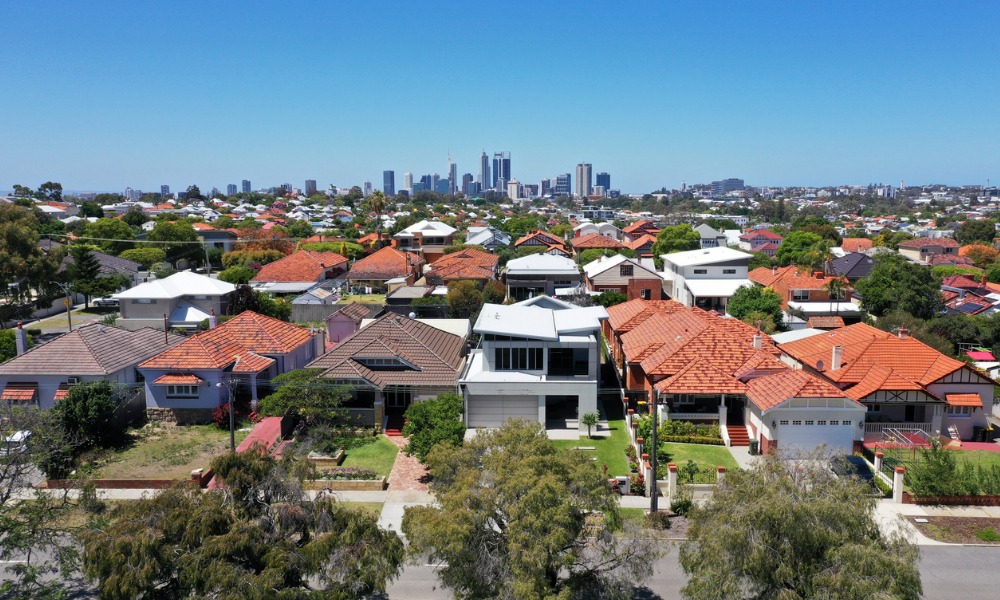Ultra-low rate reflects shortage of available rental stock

Perth’s vacancy rate has tumbled to its lowest level in more than four decades, according to the Real Estate Institute of Western Australia.
“Perth’s rental vacancy rate fell to just 0.6% in December, its lowest level since 1980, when the institute began keeping these records,” REIWA CEO Cath Hart said. “The vacancy rate has been persistently low for the past two years, briefly peaking at 1.2% in March and April 2022, but largely under 1% and more recently hovering around 0.7% throughout September, October and November.”
Hart said that REIWA considered a balanced rental market to have a vacancy rate between 2.5% and 3.5%.
“The last time we had a vacancy rate of 2.5% was September 2019,” she said.
Hart said the record-low vacancy rate reflected the dearth of rental stock available in Perth. Available rental stock hit a 12-year low at the end of December, she said.
Perth rental listings have increased this month, reaching 1,996 for the week ending Jan. 15, REIWA reported. That’s 10% higher than four weeks ago, but 17.6% lower than a year ago.
Hart said many regional areas are also struggling with low rental stock levels.
“Regional markets are also experiencing very low vacancy rates, with Albany at just 0.3% and Kalgoorlie at just 0.5% in December,” she said. “Geraldton recorded a vacancy rate of 1.5%, Bunbury 2.5% and Broome 7.1%. While Broome seems high, it is a seasonal market and the vacancy rate increases during the wet season.”
Investors needed
Hart said that WA needed investors willing to buy properties to rent out.
“Over the past two years we’ve seen delays in new home completions and investors selling out of Perth’s established homes market in significant numbers, with bonds data showing more than 18,000 fewer rentals now available since the peak in January 2021,” she said. “This, coupled with strong demand, is what has contributed to the current shortage of rental properties. We hope that investors look again at WA’s property market, given our affordability relative to other states and the huge demand for more rental stock.”
Read next: REIWA warns of rental scam
Hart also said the government needed to ensure its policy settings “encourage rather than discourage” investors, since about 85% of all rental stock was owned by the private market.
“When investors exit the market it simply puts more pressure on government-provided housing,” she said.
Positive signs
Hart said that despite the low vacancy rates, there were positive signs for Perth tenants in 2023.
“Despite the overall decline in rental stock, bonds data shows that the rate of decrease has eased and the number of rentals in WA has been fairly stable since October,” she said. “The proportion of loans to investors is also up, rising from 18% of total housing loans in 2019 to 28% in November 2022. These are positive signs, and although it will take some time to get back to balanced market conditions, we should start to see rental stock levels increase this year and vacancy rates ease.”
Perth isn’t the only city that’s seen tightening rental conditions. A recent PropTrack report found that spiking rental demand has driven supply to record lows across the capital cities.
Have something to say about this story? Let us know in the comments below.



